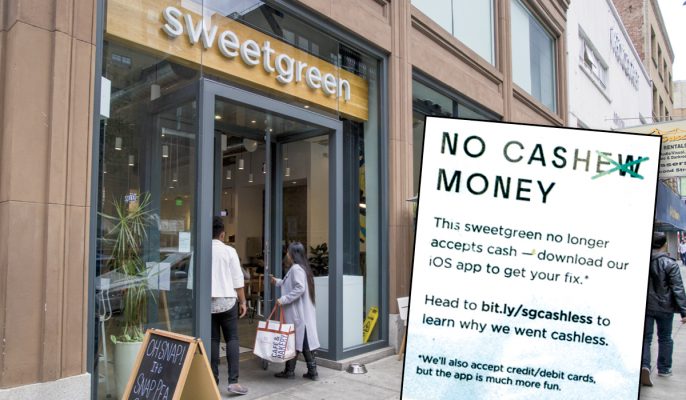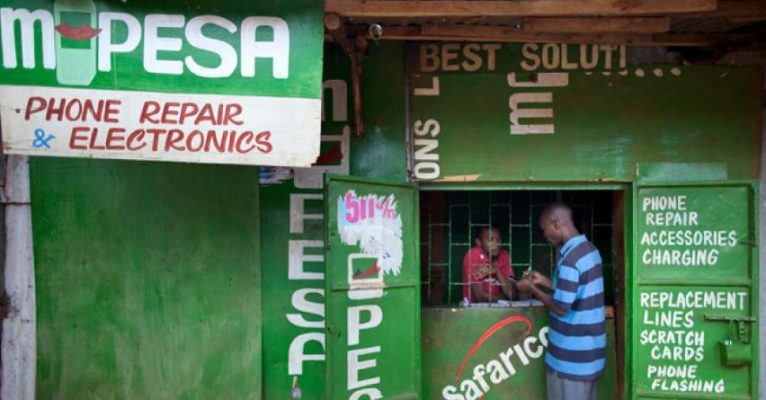By Dennis Shaughnessy
One of the hottest trends in the tech world these days are technologies and companies that provide the latest non-cash payment systems for consumers and retailers, including restaurants and grocery stores in urban communities. The market for credit and debit cards is in excess of $40 billion per year, so it’s understandable that companies like VISA are creating financial rewards for retailers who go fully cashless.
Sweetgreen was an early adopter of an entirely cashless payment system, and now Amazon’s “Go” convenience stores are following suit. Large retailers like Walmart and Target are reportedly considering a phased-in approach to cashless stores.

Managers in these “cashless” stores love the convenience and security of non-cash payment processing systems. So, too, do shoppers, especially younger and more affluent ones. Cities in places like India, Italy and Sweden are considering requiring cashless payment systems for all retailers. Surely tech-centric cities like San Francisco, Austin and Boston may follow suit.
On the other hand, some large cities in the US are considering adopting legislation or policies that protect the interests of low income people and families by requiring retailers to accept cash.
Clearly, one person’s convenience may unintentionally impact lower income families and people who do not have the “tools” to pay in a cashless system. People who can’t afford bank fees, or can’t afford or secure credit cards can be left unable to pay for food and other essentials. Cashless stores in urban communities are likely to have a disproportionate impact on people of color.
A version of Kenya’s MPesa system might be a solution for some low income people who are unbanked or unable to secure affordable non-cash solutions. MPesa’s roots were in serving low income and unbanked Kenyans who have access to a cell phone and a low cost cell account. MPesa uses encrypted text messages to move money from one person to another, with agents acting as cash providers. The cost to use MPesas is far less than other bank-based mobile systems available in the US, and since a significant portion of low income families have cell phones and accounts, a more inclusive system for cashless transactions may lie in this space.

One notable experiment in a related area was recently undertaken by Oxford’s Said Business School’s Greater Change program in which homeless people living on London’s streets are given wearable bar codes that enable cashless giving by passersby. Certainly not a solution to the broader problem of technology-driven financial exclusion of lower income people, but certainly an interesting social innovation.


